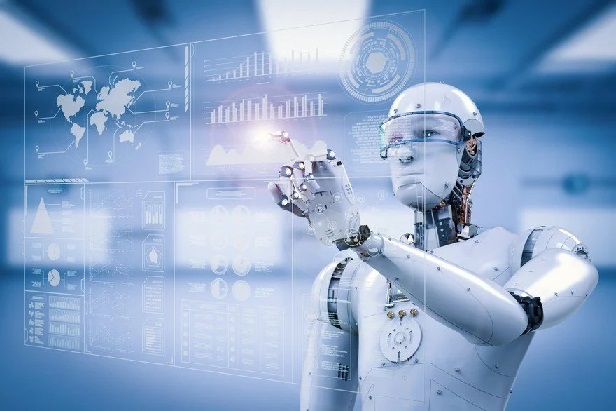Are you curious about industrial robots? With their increasing prevalence in the manufacturing and industrial processes, it’s no surprise that more people than ever are eager to learn what these mechanical marvels can do. From the precision handling of products on an assembly line to heavy lifting tasks and hazardous environment operations, there is much to explore regarding the capabilities of industrial robots. This article will cover the top 8 things you need to know – basic terminology, safety considerations, and more. Read on for a comprehensive overview of all things robotic.
What industrial robots and what they do
An industrial robot is a programmable, automated machine that performs manufacturing tasks. They can be programmed to precisely and accurately perform specific tasks, like welding and assembly operations. Industrial robots carry out repetitive manufacturing processes quickly and efficiently, with minimal risk of product error or damage. In addition, they can work in hazardous environments and even handle dangerous materials safely.
Safety considerations when operating an industrial robot
Regarding safety considerations when working with industrial robots, there are two main categories: human and machine safety. For human safety, operators must be trained before using a robotic system. It includes measures such as understanding the basics of the environment around the robot (including any potential hazards such as power sources or moving parts) and knowledge of the robot’s operation. Machine safety measures include proper installation according to manufacturer guidelines, regular maintenance and calibration, and regular inspection for any signs of wear or damage.
The different types of industrial robots
There are a variety of industrial robots available, each with its unique capabilities and uses. The most common types include:
- Articulated (joint-and-link) robots have multiple “arms” that move in circular motions.
- Cartesian (coordinate motion) robots use x-y axes to move objects along a linear path.
- SCARA (selective compliance assembly robot arm) robots have four control axes and can be used for manufacturing tasks such as pick-and-place operations.
Costs associated with purchasing and operating an industrial robot
The cost of manufacturing robots varies depending on the type of robot being purchased and the features or functions it is capable of performing. Generally, giant or more sophisticated robots will be more expensive than smaller models. In addition to the cost of the robot itself, other costs are associated with operating an industrial robot, such as maintenance and repair, software updates, and training for personnel using it.
How industrial robots are changing manufacturing processes
Industrial robots are revolutionizing manufacturing processes. Their ability to perform complex tasks quickly and efficiently reduces manufacturing costs and increases production output. They can even be used in hazardous environments or for jobs that would otherwise have to be done manually, eliminating the need for humans to put themselves at risk. In addition, they often require less maintenance than traditional manufacturing methods and provide increased accuracy and quality control.
Benefits of using industrial robots in manufacturing
The benefits of using industrial robots in manufacturing go beyond cost savings – these machines offer many other advantages. For example, industrial robots help produce high-quality products with minimal waste due to their precise movements. They also allow manufacturers to operate more efficiently as they can be programmed to perform multiple tasks simultaneously with little to no downtime. Finally, industrial robots are safer than humans in hazardous manufacturing environments, eliminating the risk of injury or illness from exposure to hazardous materials.
Integrating industrial robots into existing manufacturing processes
When integrating industrial robots into existing manufacturing processes, companies should ensure the system is appropriately configured for the specific task. It includes programming the robot correctly and inputting all relevant data (such as product specifications), so it has all the information it needs to accurately perform its job. Companies should also consider safety measures such as implementing sensors and guards around the robot to protect people and products from harm.
The future of industrial robotics
As manufacturing technologies continue to evolve, so too will the use of industrial robots. With advances in artificial intelligence and machine learning, these machines will become increasingly capable of tackling complex tasks faster and more accurately than ever before. Additionally, integrating industrial robots into manufacturing processes is becoming more commonplace as companies seek ways to increase efficiency while minimizing costs. Ultimately, industrial robots are at the forefront of manufacturing innovation, and their future looks bright.
In conclusion
Industrial robots are increasingly becoming essential in manufacturing operations as they offer many benefits, from cost savings to improved quality and safety. Companies should consider all the factors mentioned above when integrating industrial robots into their manufacturing processes to ensure that the process is efficient and safe. With the proper implementation, industrial robots can revolutionize manufacturing operations and help companies succeed in today’s competitive environment.


